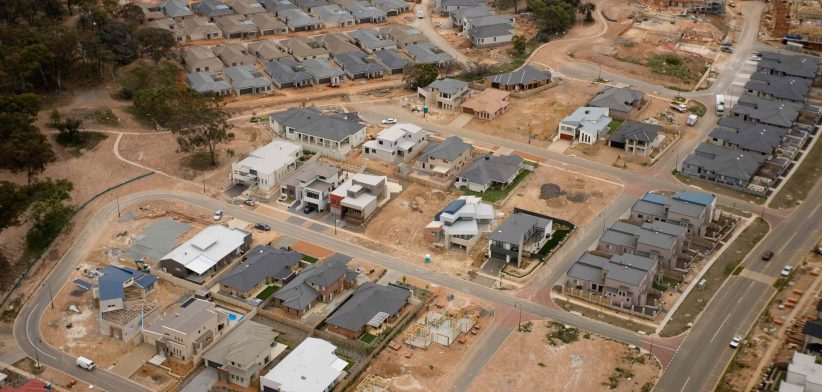Australian housing approvals fell by 0.3 percent in April, after a 2.7 increase in March, according to Australian Bureau of Statistics (ABS) figures released today.
ABS Head of Construction Statistics Daniel Rossi said approvals for private houses fell 1.6 percent last month.
“Approvals for private sector dwellings, excluding houses, also fell 1.1 percent in April, in seasonally adjusted terms,” Mr Rossi said.
Total dwelling approvals fell in Tasmania (-16.1 percent), New South Wales (-4.5 percent) and Western Australia (-0.9 percent), with rises recorded in South Australia (13.9 percent) and Queensland (5 percent). Victoria was flat in April.
Meanwhile, approvals for private sector houses decreased in New South Wales (-5 percent), Victoria (-2 percent), Queensland (-0.2 percent) and South Australia (-0.1 percent), but rose in Western Australia (3.5 percent).
Mr Rossi said the value of total building approved fell 3.8 percent, following a 13.8 percent rise in March.
“The value of total residential building fell 3.2 percent, comprised of a 3.8 percent drop in new residential building and a 0.4 percent rise in alterations and additions.
“The value of non-residential building approved fell 4.6 percent, after a 21.7 percent March rise,” he said.
Master Builders Australia Chief Economist Shane Garrett said the new data showed a concerning trend which, if it were to continue, would see the country fall well short of the National Housing Accord target.
“The new National Housing Accord kicks off in less than five weeks’ time and envisages 240,000 new homes each year. However, the past 12 months have seen less than 163,500 new home building approvals across Australia.
“Just 60,600 higher density dwellings were approved over the year to April. This is the lowest total for any 12-month period since September 2012, almost 12 years ago.
“The challenge is massive, not impossible, but requires a 47 per cent increase in the volume of new home building output,” Mr Garrett said.








